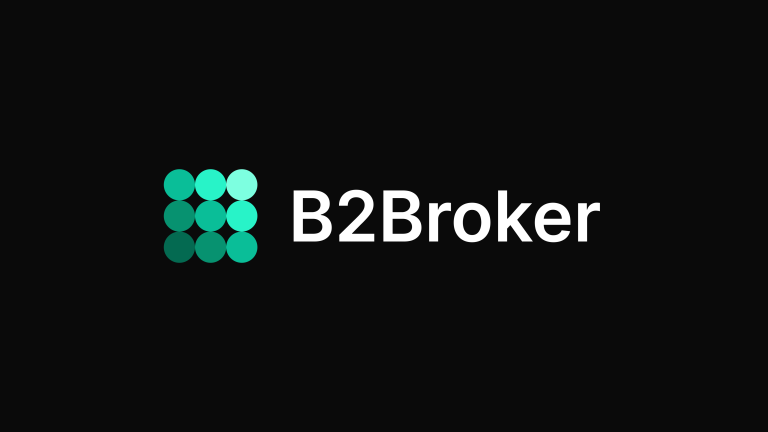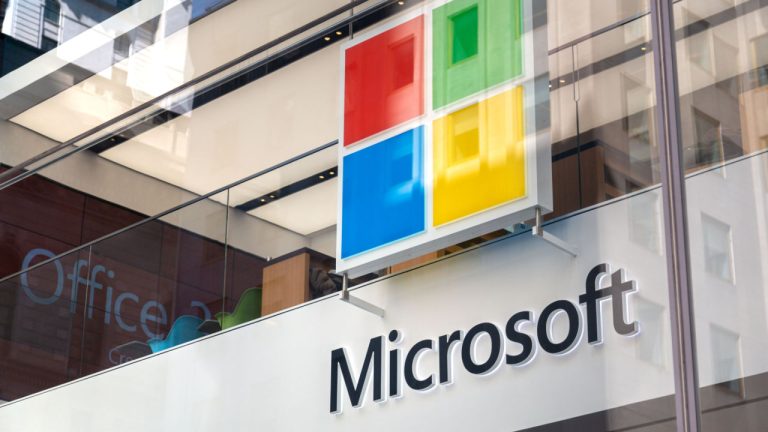
In an annual letter, Satya Nadella outlined Microsoft's plans for AI, which includes integrating the AI and its Copilot across the firm’s “most used products.”
Microsoft looks set to go all-in on artificial intelligence, with CEO and chairman Satya Nadella outlining intentions to integrate AI with essentially all its customer solutions and every layer of tech stacks.
The firm has made several significant AI plays in 2023, with its partnership with OpenAI and its web browser-integrated AI Copilot being key examples of this.
Here's my annual letter to shareholders, a look at how we're reimagining every layer of our tech stack in this new age of AI—and our growing opportunity ahead. https://t.co/lMZjxhDcMj
— Satya Nadella (@satyanadella) October 19, 2023
In an annual letter shared via LinkedIn on Oct. 19 — a Microsoft-owned platform that recently rolled out an AI assistant — Nadella emphasized that the “next generation of AI will reshape every software category and every business, including our own.”
“Every customer solution area and every layer of our tech stack will be reimagined for the AI era. And that’s exactly what we’ve already begun to do.”
Speaking on the firm's AI Copilot, Nadella outlined that Microsoft is “building Copilot into all our most used products and experiences,” as well as creating a standalone app.
“Just like you boot up an OS to access applications or use a browser to visit websites today, our belief is that you will invoke a Copilot to do all those activities and more: to shop, to code, to analyze, to learn, to create,” he wrote.

In the letter, the Microsoft CEO highlighted two key breakthroughs that he thinks will be pivotal in “this new era of AI.”
Firstly, he highlighted natural language processing, a branch of AI focused on helping computers understand text and speech similarly to human beings.
“We believe we have now arrived at the next big step forward—natural language—and will quickly go beyond, to see, hear, interpret, and make sense of our intent and the world around us,” he wrote.
Related: Microsoft to form nuclear power team to support AI: Report
Secondly, he pointed to the “ emergence of a powerful new reasoning engine,” (a.k.a generative AI) and its capabilities for aspects like answering questions, solving problems and image recognition.
“This generation of AI helps us interact with data in powerful new ways—from completing or summarizing text, to detecting anomalies and recognizing images—to help us identify patterns and surface insights faster than ever.”
To date, Microsoft has already integrated its AI Copilot into services such as Microsoft 365, Dynamics 365 and GitHub. For its gaming unit however, Nadella didn’t specifically outline the firm’s AI plans in that area.
Magazine: AI Eye: Real uses for AI in crypto, Google’s GPT-4 rival, AI edge for bad employees








